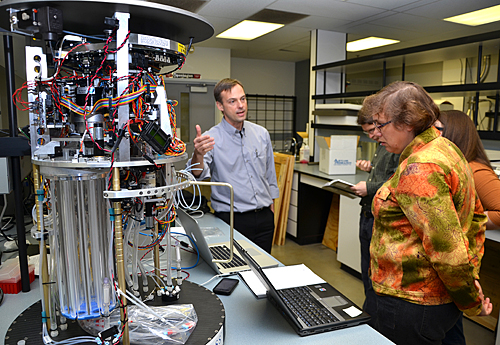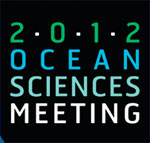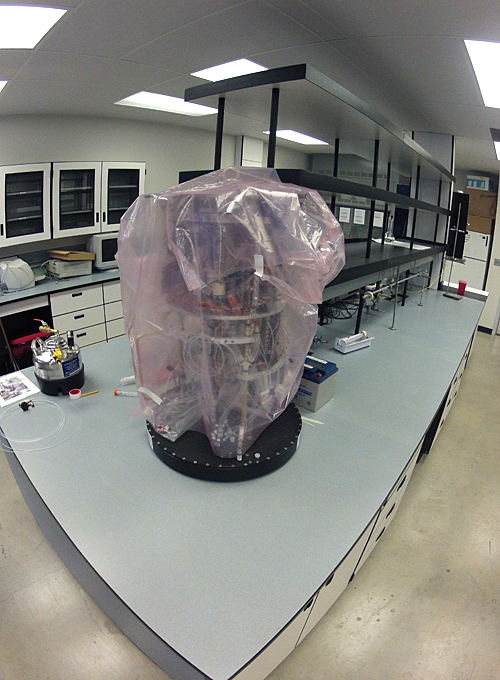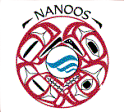Knowledge Transfer
Member Login
Recent Blog Posts
Views expressed are those of the author and do not necessarily reflect those of CMOP or OHSU. All content posted here must be consistent with OHSU's Acceptable Use of Computing and Telecommunications Resources policy.

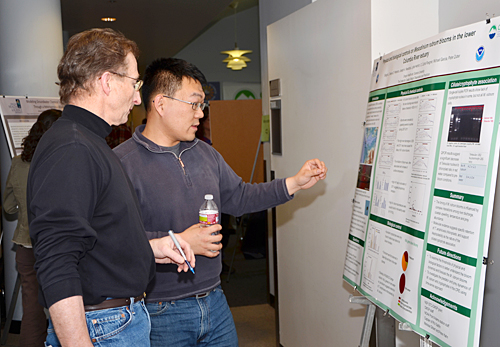
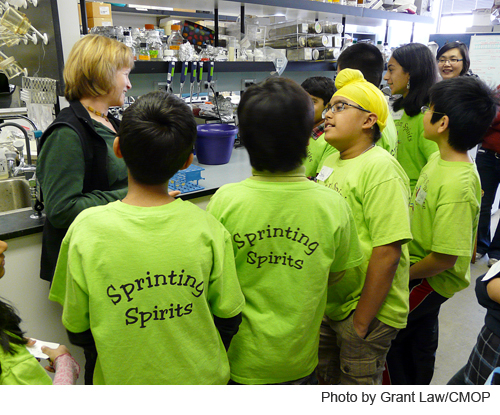
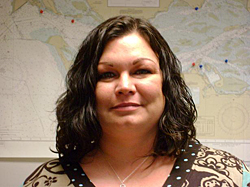 We would like to welcome Jo Goodman to the CMOP team. She joins us from the University of California, Santa Barbara, where she recently recieved a Master's degree in Marine Science.
We would like to welcome Jo Goodman to the CMOP team. She joins us from the University of California, Santa Barbara, where she recently recieved a Master's degree in Marine Science.